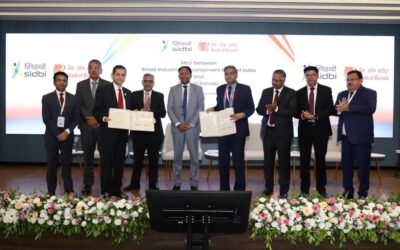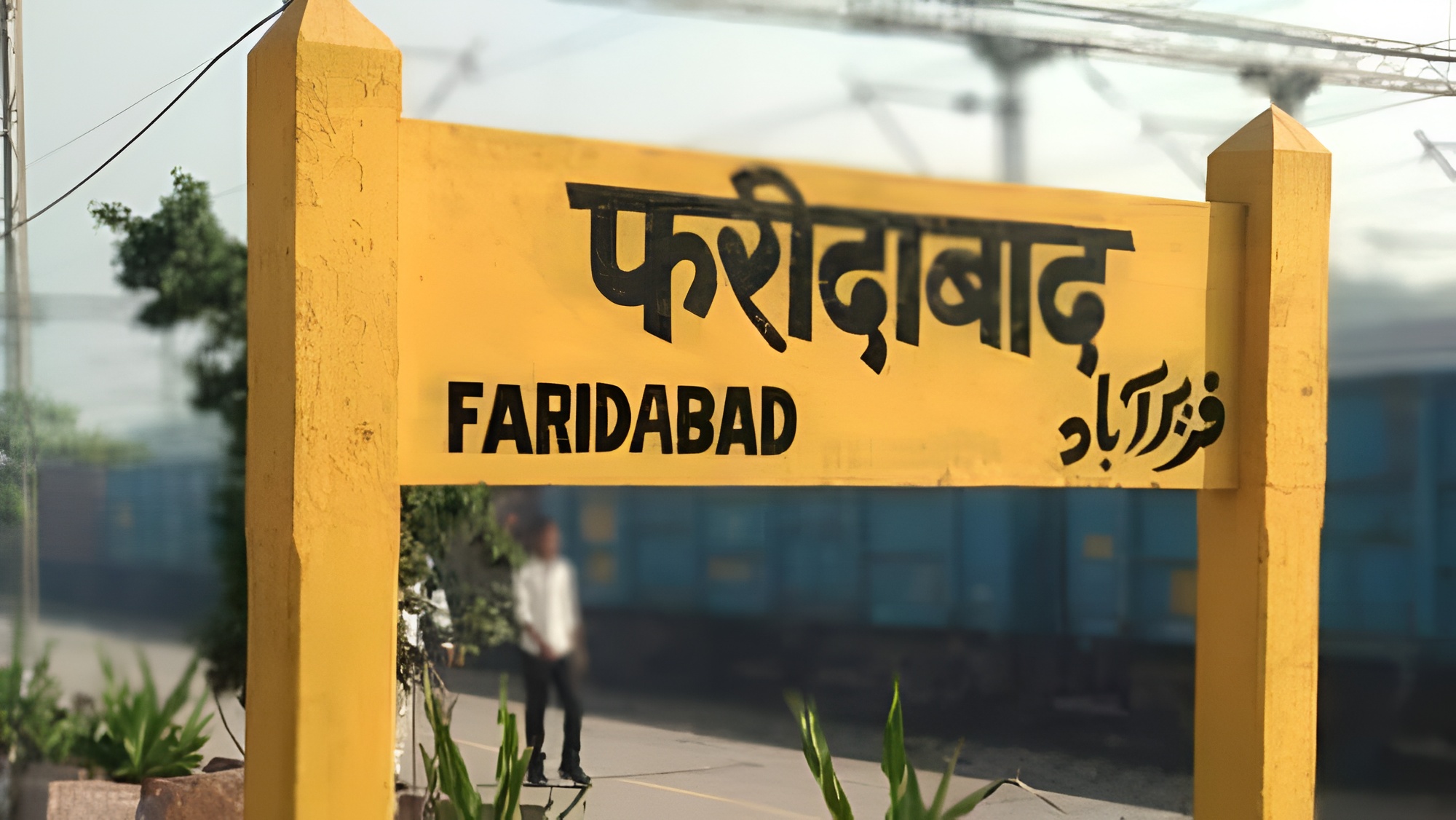The Rise of India’s MSME Sector from 1947 to Today’s Seven Crore Strong Enterprise Base

The recent announcement by the Union Minister for Micro, Small and Medium Enterprises that India now hosts more than 7 crore MSME units marks a historic moment in the country’s economic evolution. It signals not merely growth in numbers but a structural transformation that has unfolded over nearly eight decades. These enterprises, once small community-rooted efforts, have matured into one of the world’s largest and most diversified economic networks. Their journey reflects the changing industrial, political and social currents of independent India.
A Post-Independence Foundation
In 1947, the newly independent nation looked to small industries as a crucial anchor for employment generation, rural industrialisation and balanced regional development. Traditional clusters in textiles, handicrafts, leather, metalwork, coir and carpentry became the starting point of India’s MSME ecosystem. Through the 1950s and 1960s, the sector gained deeper institutional support as the government expanded credit through public sector banks, created district-level industries centres and promoted cooperative structures.
By the 1970s and 1980s, small-scale industries had become embedded in India’s industrial policy. Reservation policies protected certain product lines exclusively for small producers, while technological training centres and export promotion councils slowly expanded their capabilities. Despite bureaucratic hurdles and limited technology access, the sector grew steadily, building clusters in Ludhiana, Tiruppur, Morbi, Coimbatore, Kolhapur, Agra and numerous others. Many of these early clusters still define the cultural and industrial identity of their regions.
Liberalisation and the New Competitive Landscape
Economic reforms in 1991 introduced both opportunities and challenges. The removal of licensing, greater openness to global markets and the influx of new technology changed how MSMEs operated. While competition intensified, many units upgraded their equipment, adopted modern production systems and integrated into the supply chains of larger domestic and foreign companies. By the early 2000s, the number of MSMEs had crossed 1.1 crore, reflecting both organic growth and the emergence of a new generation of entrepreneurs.
A decade later, government estimates indicated more than 4 crore units, supported by improvements in credit access, the rise of specialised industrial zones and a gradual shift toward modern manufacturing and services. These enterprises provided millions of jobs and contributed significantly to exports, often acting as the invisible backbone of India’s domestic and global supply chains.
The Digital Leap and Formalisation Wave
The past ten years have, however, been transformative in a manner unparalleled in earlier decades. The introduction of Udyog Aadhaar and later Udyam Registration, coupled with Aadhaar-linked verification, digital payments and GST, brought millions of small enterprises into the formal economy. This formalisation, while challenging for some, dramatically strengthened credit visibility, market access and integration into organised procurement systems.
The Minister’s observation that MSMEs have experienced a 15-fold growth in registrations over the past decade reflects this transformation. The combined Udyam and Udyam Assist databases now capture over 6.8 crore units, a scale that was unimaginable a generation ago. These firms employ close to 30 crore Indians, forming the country’s largest employment engine outside agriculture.
A Sector Adapting to Global Shocks
The sector’s adaptability has become especially notable in recent years. Faced with global disruptions, tariff shocks, supply chain reconfigurations and geopolitical uncertainties, MSMEs have not merely survived but broadened their footprint. Exports have risen from ₹3.95 lakh crore in 2020-21 to ₹12.39 lakh crore in 2024-25, supported by digital trade enablement, e-commerce logistics and proactive market outreach. More than 1.7 lakh MSMEs now export, bringing Indian products to markets across Asia, Europe, Africa and the Americas.
Cluster modernisation programs, credit guarantee schemes, emergency liquidity support and targeted interventions such as the RAMP programme have strengthened resilience. At the same time, MSMEs have increasingly entered technology-led domains including precision engineering, optical electronics, healthcare products, robotics components, green technologies and digital services.
Structural Challenges That Endure
Despite its scale and success, the MSME sector continues to face notable hurdles. Access to affordable credit remains uneven, particularly for micro-units. Working capital cycles are strained by delayed payments from larger corporations and state bodies. Logistics inefficiencies increase cost burdens. Regulatory compliance, though improving, still imposes barriers for smaller units. Technology adoption varies sharply across regions, with many enterprises requiring deeper skilling and digital enablement.
These persistent gaps underline the need for sustained institutional support, simplified regulatory frameworks, improved infrastructure and stronger integration with national and global value chains.
A New Vision for the Coming Decade
The government’s ambition to facilitate 60 crore employment opportunities in the next five years signals an expansive vision. This goal aligns with broader national priorities including manufacturing competitiveness, export diversification, cluster modernisation and inclusive growth. With interest rates easing and credit guarantee programmes expanding, the financial climate for MSMEs is becoming more supportive.
Free trade agreements, especially those under negotiation with the UK, EU and key global partners, could further unlock new export corridors. At the same time, the continued rise of digital marketplaces, logistics technology and fintech innovation is lowering barriers for micro-enterprises to participate in global commerce.
The Human Face of India’s Enterprise
Behind these numbers lies the deeply human story of India’s economic journey. MSMEs are family-run workshops, women-led home enterprises, tech-enabled start-ups, artisanal clusters and specialised manufacturing units each carrying a generational legacy of risk and resilience. Their contribution is not confined to economic indicators alone; they define the social and cultural fabric of local communities.
The crossing of 7 crore MSMEs is not merely an administrative milestone; it is a testament to India’s entrepreneurial depth. From the handmade workshops of the 1950s to the digitally connected enterprises of today, the sector has grown with the nation and helped shape its economic identity. The road ahead offers both challenge and opportunity. With the right blend of policy reform, infrastructure investment and technological adoption, India’s MSMEs are poised to drive the next phase of economic expansion, employment generation and global integration.











